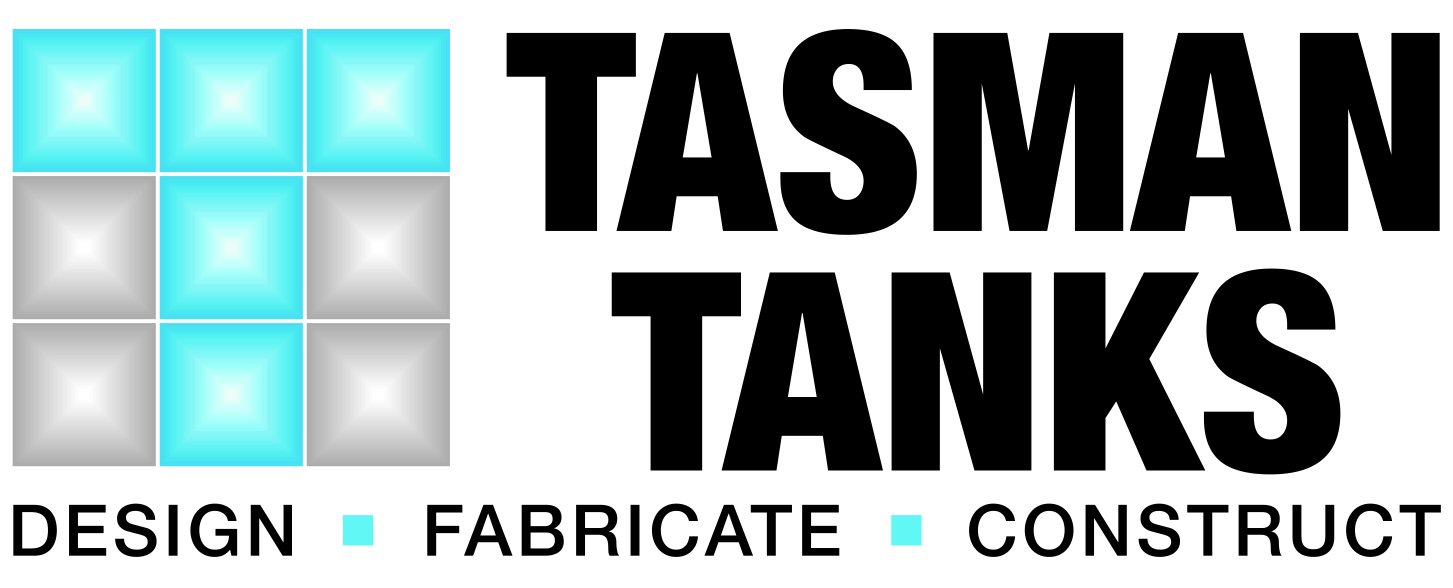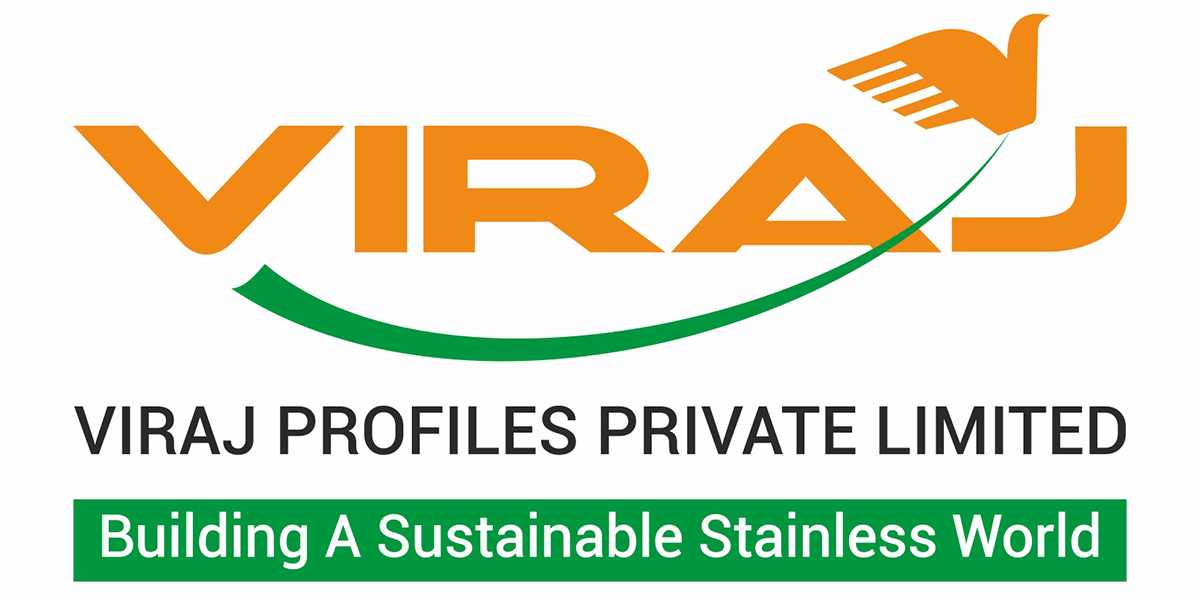
A new Stockland housing development on the Gold Coast has incorporated the use of art to promote outdoor living and community engagement. And, with a public lake the intended destination, artists Lubi Thomas and Adrian Davis knew stainless steel would best fit the bill.
The Highland Reserve development in Upper Coomera, 40 minutes south of Brisbane, boasts a mountainous backdrop and sprawling native bushland. The additional inclusion of a lake within the development prompted Stocklands to commission a public artwork for the area. Following a process of concept pitches from various artists, Lubi Thomas and Adrian Davis of Davis-Thomas were successful in securing the project.
“They (Stockland) have always, until now, bought artwork off the shelf,” Lubi Thomas says. “This time though, they wanted to do something site-specific.”
After spending time in the area the artists discovered the most evident thing about the lake was its mirror-like quality. They were inspired by the lake’s rippling responses to wind changes and wanted to convey this relationship to the general public.
The result was a series of nine stainless steel floating wind ‘petals’, each with their own anchor point and dispersed across the lake. The use of mirrored stainless steel meant the original concept delivery was met.
“We needed to find a material that was robust enough, as well as something that would reflect the lake itself,” says Lubi. “That is what inevitably drew us towards mirrored stainless.”
The pieces are made entirely of grade 316 in sheet, tube and flat bar to cater to the environment, and to ensure a life of 20-25 years. The added benefit is that ongoing maintenance is limited to removing the marks of nature.
ASSDA member and Accredited Fabricator Rocklea Pressed Metal supplied materials for the works, and was further engaged for part of the fabrication.
Troy Olive of Rocklea Pressed Metal said the CAD drawings were sent to them, enabling them to laser cut and roll the petals to the desired radius. In total, 12-15 sheets of stainless steel was used.
The use of mirrored stainless meant an additional relationship was explored between the lake and the sun. In the right conditions, the pieces react to the sunshine hitting the water, beaming light between the pieces.
This article featured in Australian Stainless magazine - Issue 40, Winter 2007.














